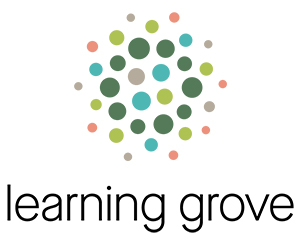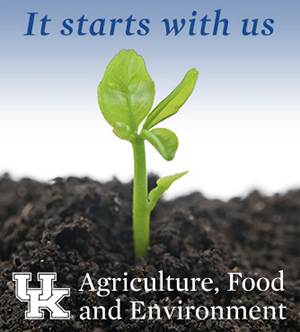The impact on farmers and our food system created by the shortage of large animal veterinarians in Kentucky and throughout the country will be the primary focus of an industry stakeholders meeting set for Nov. 14 at the Kentucky Exposition Center.
“This shortage is impacting the farmer and could impact our food source in the future,” Commissioner of Agriculture Dr. Ryan Quarles said. “Without the ability to get the adequate animal care farmers need to keep their herds and flocks healthy, this shortage creates a significant concern for animal welfare. It’s our hope that by bringing industry stakeholders together, we can find solutions to the issues at hand and restore the service farmers need.”
The meeting, which will be 10 a.m.–noon, will bring together agriculture producers, veterinarians, and agriculture animal industry representatives for the second time to further refine and develop plans to address the shortage. The first meeting, this summer, brought veterinarians to the table to discuss the impact of the shortage.

Natalie Heitz, a field veterinarian for Hagyard Equine Medical Institute in Lexington, examines a foal. (NKyTribune file)
Nationwide, a shortage of large animal veterinarians is impacting farmers as they begin to experience the demand for veterinary care, but without the timely service, they’ve had in the past. Large animal veterinarians are essential to the protection of the nation’s food supply. Only 5 percent of veterinarians in the U.S. practice on large animals. The other 95 percent have turned to research or small animal vet practices.
In Kentucky, the picture for large animal veterinarians is even bleaker. With more than 1 million head of cattle in the state, only 3 percent of veterinarians have dedicated large animal practices.
“We have seen a progression over time where less veterinarians are coming into large animal practices in Kentucky,” Kentucky State Veterinarian Dr. Katie Flynn said. “Of the 1,695 vets in Kentucky, only 54 of them are offering full-time service to our large animals such as cattle, sheep, goats and pigs.”
Large animal vets play a critical role in food safety and production practices. The nationwide shortage is leaving these aspects of animal care and public safety in a critical juncture.
“With fewer vets, we have fewer eyes and ears out there,” Dr. Flynn said. “There are fewer individuals protecting livestock and the public from potential disease.”
There are a number of factors behind the vet shortage, including:
• Salaries – Large animal veterinarians make less on average than those in private small animal practices. The average salary for a first-year small animal vet is around $96,000, while an equine vet will make on average around $58,000 a year.
• Debt load – The average debt for a graduating veterinarian is around $218,000. With a 10-year repayment schedule, that equates to around $3,000 a month.
• Burnout – Long work hours, strenuous work, and unpredictable schedules have driven many large animal veterinarians from the field. Instead, many are opting to find work in small animal practices that offer a fixed schedule, less physically demanding environment, and more compensation.
• Retirements – Almost 40 percent of the large animal veterinarians in Kentucky are within 10 years of retirement. “As they start to retire, we don’t see new veterinarians taking their places,” Dr. Flynn said.
While the recruitment of vets and improving relationships between vets and producers will be the primary focus of the stakeholders’ meeting, the Kentucky Department of Agriculture has already identified a number of programs that may be beneficial in resolving the vet shortage, including:
• The Large Food Animal Veterinary Loan Program (VET), offered by the Kentucky Agricultural Finance Corporation, which helps individuals licensed to practice veterinary medicine in Kentucky to construct, expand, equip, or buy into a practice serving large/food animal producers, including goats, sheep, swine, and other smaller food animals.
• The Large and Food Animal Veterinary Incentives Program, offered by the Kentucky Agricultural Development Board, which provides funding for Kentucky veterinarians to increase service to large and food animals in the state. Applicants may receive up to 75 percent reimbursement for eligible expenditures not to exceed more than $100,000 in state and county funds as a lifetime limit.
• The Veterinary Medicine Loan Repayment Program, offered by the U.S. Department of Agriculture’s National Institute of Food and Agriculture for qualified veterinarians who are working in the food animal field. The program provides up to $75,000 in loan repayment over a three-year period to help offset a significant portion of the debt incurred in pursuit of veterinary medical degrees in return for service in certain high-priority veterinary shortage situations. Kentucky identifies the area of the state where qualified applicants are needed.
• The Auburn University preceptorship program, which is a federal grant that places veterinary students into a Kentucky rural practice. On Kentucky’s first Auburn program, of the 20 students who were placed in Kentucky practices during their studies, 15 are coming back to the state to begin their careers.
The stakeholders’ group will explore these ideas more fully, in addition to beginning discussions on more avenues to alleviate the veterinarian dilemma.
Kentucky Department of Agriculture



















